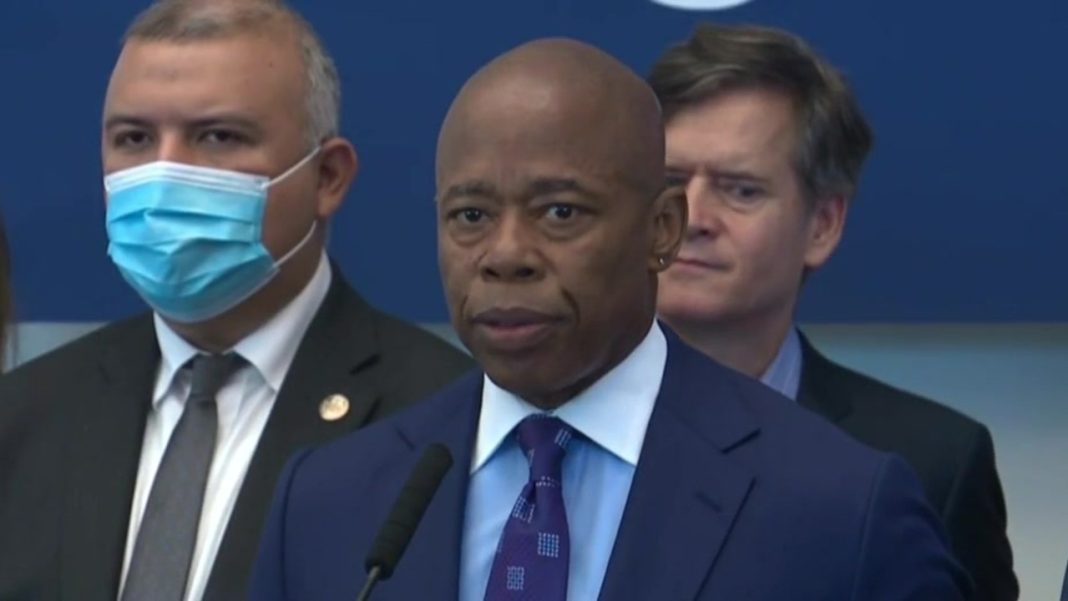The ongoing debate surrounding negative gearing and its potential reforms has taken center stage in Australian political discourse, especially following revelations that the government has engaged the Treasury to explore potential tax changes. This development has raised eyebrows among investors and everyday Australians alike, prompting discussions about the implications of altering such a widely utilized investment strategy.
Negative gearing, a term familiar to many Australians, refers to the practice where investors incur expenses on an investment property that exceed the income generated from it. This strategy allows property owners to claim these losses as tax deductions, effectively lowering their taxable income. The underlying assumption is that property values will rise over time, ultimately leading to a profitable sale despite initial losses. However, this practice has come under scrutiny as the government considers reforms that could reshape the landscape of property investment.
On September 26, Prime Minister Anthony Albanese sought to clarify his government’s stance amidst the swirling speculation. He firmly stated that negative gearing reforms would not be part of their agenda leading into the next election, emphasizing a commitment to their existing housing policy. “What we’re doing is planning for our Homes for Australia policy. That’s the policy we have, and that’s what my government is focused on,” he asserted. This declaration highlights the government’s intention to prioritize housing supply over tax reform, a move that aligns with their broader objective of increasing public housing availability.
Albanese further stressed that the key to addressing the housing crisis lies in boosting supply, a perspective that resonates with both housing advocates and economists. “We have allocated $32 billion for the Homes for Australia plan. We want more public housing, more build-to-rent units, but that’s stuck in the Senate,” he lamented. The government is currently facing legislative hurdles, as it seeks to pass pivotal bills, such as Help to Buy and Build-to-Rent, but has encountered resistance from the Greens and the Liberal-National Coalition.
The discussion surrounding negative gearing also touches on issues of equity and accessibility in the housing market. When asked whether he believed that negative gearing is equitable for all Australians, Albanese pointed out that investment in housing plays a crucial role in enhancing rental availability and spurring construction. “This is why the Build-to-Rent scheme will provide incentives through the tax system for more housing construction,” he explained, suggesting that reforms in this area could benefit a broader swath of the population.
Meanwhile, Treasurer Jim Chalmers has been cautious in his responses regarding negative gearing, reiterating the government’s commitment to its housing policy. “We’ve got a housing policy, and that’s not in it,” he remarked, highlighting that the focus remains on constructing more homes rather than altering existing tax frameworks. Chalmers also noted that it is standard procedure for the Treasury to evaluate various policy ideas that arise in public and parliamentary discussions, underscoring the independence of the public service in this process.
As discussions continue, the economic landscape remains fluid. Experts have noted that changes to negative gearing could significantly impact the housing market, potentially leading to increased rental prices or affecting the investment decisions of current and prospective property owners. Recent studies have suggested that such tax reforms could disincentivize investment in rental properties, thereby exacerbating the housing crisis if not handled delicately.
In conclusion, while the prospect of negative gearing reform looms large, it appears the government’s current focus is firmly set on expanding housing supply through its Homes for Australia initiative. As policymakers navigate this complex issue, it will be vital to consider the diverse perspectives of investors, renters, and the broader community, ensuring that any changes made serve the best interests of all Australians. The path forward remains uncertain, but the commitment to addressing housing availability is clear, leaving many to hope for meaningful progress in a sector that affects countless lives.

